Hey there! If you’re living in or visiting Georgia, it’s a good idea to know about the local wildlife, especially the critters that can be a bit dangerous. Yep, we’re talking about some deadly snakes in Georgia.
Georgia is home to some pretty venomous snakes, and knowing how to identify them and what to do if you encounter one can make a big difference. So, let’s dive into the world of deadly snakes in Georgia and learn how to stay safe.
Are There Any Deadly Snakes in Georgia?
Yes. There are numerous poisoned snakes in Georgia, just like in other states.
Do you need to care about dangerous snakes in Georgia? Well, being aware of these snakes helps you avoid nasty encounters and keeps you safe while you are traveling or hunting in the state.
Most of Georgia’s venomous snakes hang out in specific habitats like forests, swamps, and even your backyard if you’re not careful. Knowing where they live and what they look like can help you steer clear of trouble.
To better know if the snake you come across is poisonous or not, in the next part, let’s learn some Georgia snake identification knowledge.
Top 5 Deadly Snakes in Georgia
1. Eastern Diamondback Rattlesnake
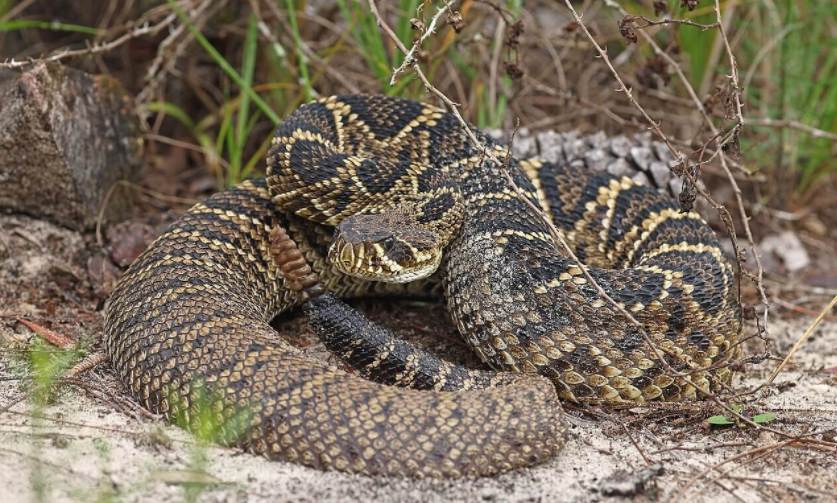
The Eastern Diamondback Rattlesnake is a big one, often growing up to 6 feet long. It has a distinctive diamond pattern along its back, which is pretty easy to spot if you’re close enough (but hopefully not too close!).
You’ll mostly find these guys in pine forests, coastal scrublands, and sometimes in overgrown fields.
They’re not usually aggressive but will definitely rattle their tails as a warning if you get too close. Listen for that rattle and back away slowly.
2. Timber Rattlesnake
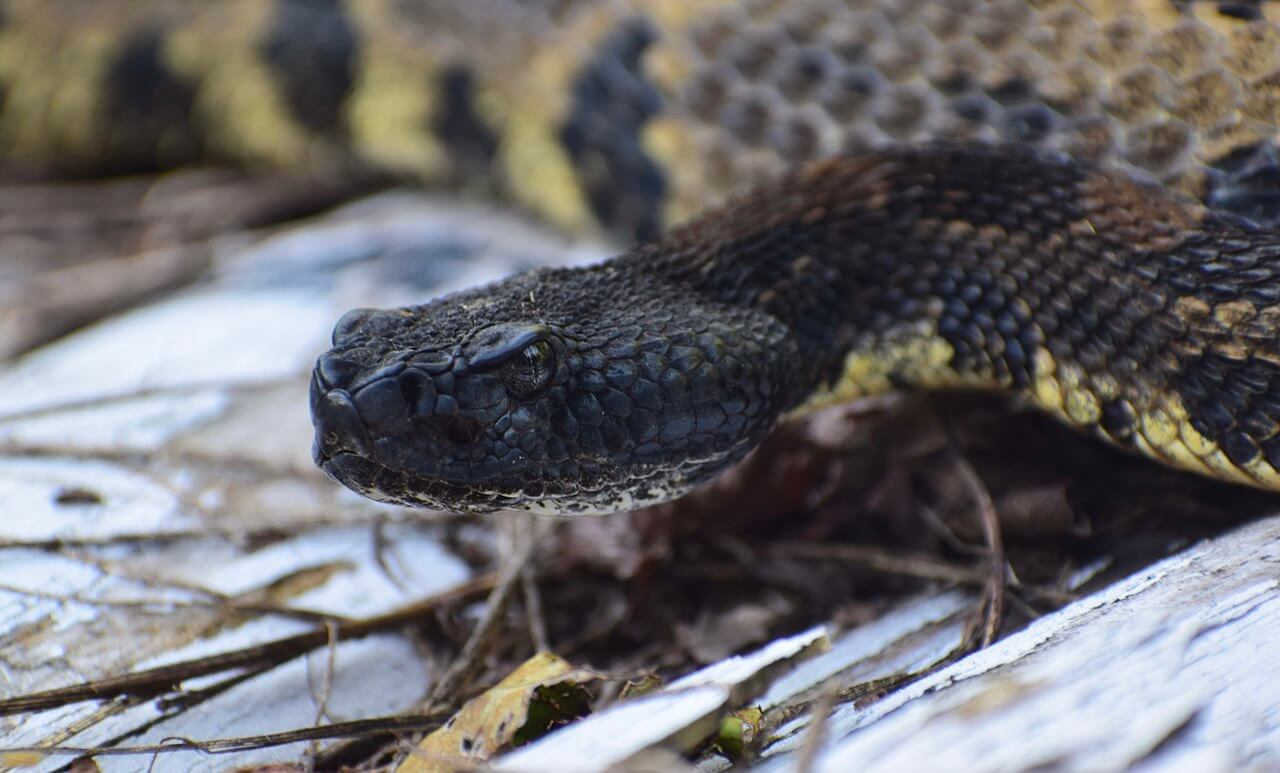
Timber Rattlesnakes have a more subtle look with dark crossbands on a lighter background. They can also grow pretty large, up to 5 feet.
These snakes like wooded areas and rocky hillsides. They’re also known to hang out near water sources.
They’re generally shy but can be dangerous if they feel threatened. Like their diamondback cousins, they’ll rattle to let you know you’re too close.
3. Cottonmouth (Water Moccasin)
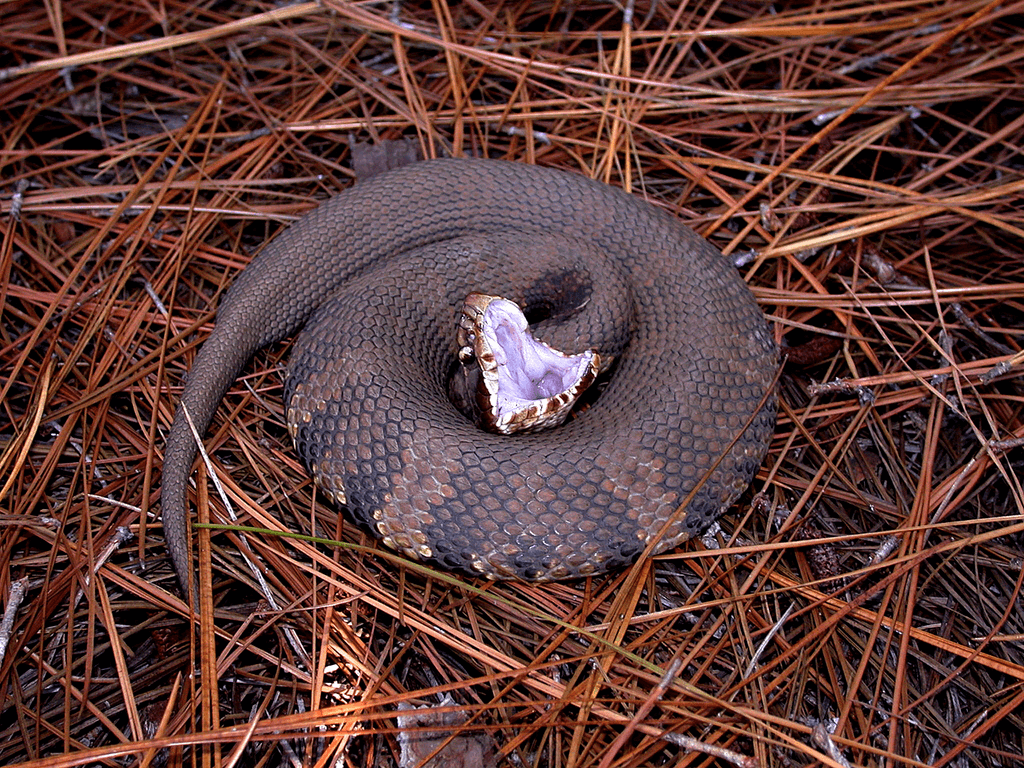
Cottonmouths are usually dark-colored, almost black, and have a distinctive white inside of their mouth, which they show when threatened (hence the name).
These snakes love water and are often found in swamps, marshes, and along the edges of lakes and rivers.
They can be quite aggressive and are known to stand their ground rather than slither away. Be extra cautious around water.
4. Copperhead
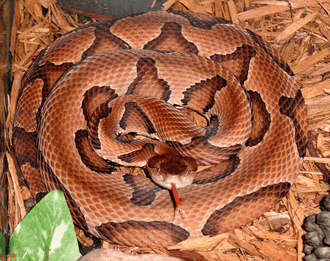
Copperheads have a beautiful coppery-brown color with hourglass-shaped bands. They’re smaller than rattlesnakes, usually around 2-3 feet long.
They prefer wooded areas, rocky outcrops, and sometimes suburban areas with lots of cover.
Copperheads are generally not aggressive and rely on their camouflage to stay hidden. However, they will bite if provoked.
5. Coral Snake
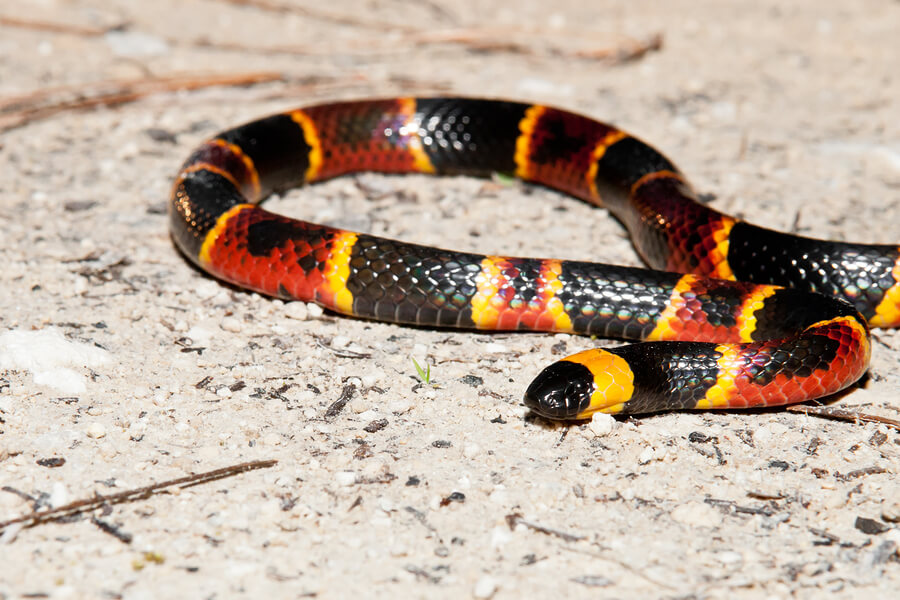
Coral Snakes are colorful with bands of red, yellow, and black. Remember the rhyme: “Red touch yellow, kill a fellow; red touch black, friend of Jack.”
These snakes like wooded, sandy, or marshy areas, and are often found hiding under debris or in burrows.
They’re very reclusive and will usually try to escape rather than bite. But if they do bite, their venom is extremely potent.
8 Non-Poisonous Snakes in Georgia
1. Eastern Rat Snake (Pantherophis alleghaniensis)
The Eastern Rat Snake, also known as the Black Rat Snake, is a large snake that can grow up to 6 feet long. It has a shiny black body with a white or yellowish belly.
These snakes are very adaptable and can be found in forests, fields, and even suburban areas. They are excellent climbers and are often seen in trees.
Eastern Rat Snakes are non-aggressive and will usually try to escape if threatened. They may vibrate their tails to mimic rattlesnakes when scared.
2. Eastern Garter Snake (Thamnophis sirtalis)
Eastern Garter Snakes are small to medium-sized snakes, usually around 2-3 feet long. They have a distinctive pattern of three light stripes running down their dark bodies.
These snakes are commonly found in gardens, meadows, and near water sources like ponds and streams.
Garter Snakes are generally docile and can be handled gently. They may release a foul-smelling musk if threatened.
3. Corn Snake (Pantherophis guttatus)
Corn Snakes are known for their beautiful orange or brownish-yellow bodies with large, black-edged red blotches. They can grow up to 5 feet long.
These snakes prefer wooded areas, overgrown fields, and abandoned buildings. They are also popular as pets due to their striking appearance.
Corn Snakes are very docile and rarely bite. They are excellent climbers and often hunt for rodents in trees and barns.
4. Eastern Kingsnake (Lampropeltis getula)
Eastern Kingsnakes have shiny black bodies with white or yellow chain-like bands. They can grow up to 6 feet long. They are known to be highly adaptable and can be found in a variety of habitats, including forests, swamps, and suburban areas.
Kingsnakes are known for their immunity to venom and will often prey on other snakes, including venomous ones. They are non-aggressive towards humans and make great pets.
5. Rough Green Snake (Opheodrys aestivus)
Rough Green Snakes are slender and bright green, blending perfectly with their leafy surroundings. They usually grow up to 3 feet long.
These arboreal snakes are found in bushes, trees, and other vegetation near water.
Rough Green Snakes are very gentle and rarely bite. They are active during the day and feed on insects and spiders.
6. Brown Snake (Storeria dekayi)
Brown Snakes are small, usually around 9-13 inches long, with a light brown or grayish body and a series of darker spots down their back.
They are commonly found in gardens, forests, and urban areas. They prefer moist environments and are often found under logs and leaf litter.
Brown Snakes are shy and non-aggressive. They primarily feed on slugs, earthworms, and other small invertebrates.
7. Ribbon Snake (Thamnophis sauritus)
Ribbon Snakes are slender with three bright yellow stripes running down their dark bodies. They typically grow up to 3 feet long.
These snakes are often found near water, such as marshes, ponds, and streams.
Ribbon Snakes are quick and agile. They are non-aggressive and will usually flee if approached. They feed on small fish, amphibians, and insects.
8. Eastern Hognose Snake (Heterodon platirhinos)
Eastern Hognose Snakes have a distinctive upturned snout and come in various colors, including yellow, brown, and black. They can grow up to 3 feet long.
These snakes prefer sandy or loose soil areas like fields, forests, and coastal dunes.
Hognose Snakes are famous for their dramatic defensive displays, including playing dead. They are harmless to humans and mainly feed on toads.
How to Deal With Venomous Snakes in Georgia?
Know Key Identification for Snakes
Knowing how to identify venomous snakes is crucial. Look for key features like the shape of the head (most venomous snakes have a triangular head), the presence of a rattle, and distinctive color patterns.
Understanding snake behavior is also important. For example, rattlesnakes will rattle their tails as a warning, while cottonmouths will display the white inside of their mouths.
Avoid Encounters With Snakes
There are some simple things you can do to avoid coming across snakes.
When hiking or walking in the woods, it is better to wear a hat to avoid any snakes coming off the tree. Always stick to well-trodden paths and don’t go into tall grass or underbrush.
If you need to check a spot or walk through a new road, use a stick to poke around first. In the outdoors, it is a good idea to wear snake proof boots or leg gaiters to protect your lower legs. Here you can try the Kalkal Snake Boots or Kalkal Snake Leg Guards, they are made of special material for added protection and avoid penetrating by snake fangs.
Notice that snakes have a keen sense of smell. This can be their advantage or weakness. For example, we can bring some stuff with pungent smells to prevent snakes, such as anti-snake powder, sulfur water, wind-medicated oil, and even garlic.
If you are having trouble with snakes in your backyard, you should keep your yard clean. Snakes love tall grass, so keep your lawn mowed and remove piles of rocks, wood, and other debris where snakes might hide.
To keep snakes out of the house, make sure there are no gaps under doors or in your home’s foundation where snakes could enter.
Things to Do If You See a Snake
If you encounter a venomous snake, knowing what to do can save you from trouble. First, if the snake approaches you and you have no tools to defend yourself, try running in circles. Snakes aren’t as agile as humans, and you might be able to get behind it.
Look for a sturdy stick nearby and use it to strike the snake, focusing on its belly, which is its softest spot. Aim for a hard hit to deter the snake from attacking further. If there’s combustible material around, like dry grass, lighting it can create smoke that drives the snake away.
Remember, snakes rely more on vibrations than sight. They have poor vision and can’t see so far, so making noise as you walk can help keep them at bay. If you spot a snake up close, don’t turn around and run away because this is likely to arouse the snake’s instinctive desire to chase prey. Instead, you should face to the snakes, maintain eye contact, and slowly back away.
First Aid for Snake Bites
First Things To Do:
- If you do get bitten, act quickly. Move to a safe place, call for help, and try to identify the snake’s characteristics for medical assistance.
- Keep the bitten limb still and lower than your heart to slow the venom’s spread. Clean the wound gently with soap and water, and don’t panic, as fear can hasten the venom’s effects.
- Avoid tight bandages; instead, loosely wrap above the bite to restrict blood flow without cutting it off completely, and loosen it periodically.
- Stay calm and seek medical attention immediately, as the best treatment for a snake bite is receiving antivenom as soon as possible.
- If you can, describe the snake to medical personnel to help them determine the best treatment.
Things Not to Do:
- Do Not Suck the Venom: This can make things worse.
- Do Not Apply Ice: It can cause more harm than good.
- Do Not Use a Tourniquet: This can cut off blood flow and cause more damage.
Conclusion
There you have it! This comprehensive guide covers everything you need to know about deadly snakes in Georgia and how to deal with them.
Remember to stay calm, be prepared, and respect these creatures. If you have any personal experience, come and share your story and tips, and let’s help each other stay safe and informed.
FAQs
What are the most dangerous snakes in Georgia?
The most deadly snakes in Georgia include the Eastern Diamondback Rattlesnake, Timber Rattlesnake, Cottonmouth, Copperhead, and Coral Snake.
How can I identify a venomous snake?
Look for features like a triangular head, distinctive color patterns, and the presence of a rattle. Also, learn the specific characteristics of the venomous snakes in Georgia.
What should I do if I get bitten by a snake?
If you get bitten by a snake, stay calm and seek immediate medical attention. Keep the bite below heart level, remove any tight clothing or jewelry, and avoid common myths like sucking out the venom or using a tourniquet.
How can I keep snakes away from my property?
Keep your yard clean and free of debris, mow your lawn regularly, seal gaps around your home, and consider using commercial or natural snake repellents. If the problem persists, call a professional for help.
Are all rattlesnakes in Georgia deadly?
While all rattlesnakes have venom, the severity of a bite can vary. The Eastern Diamondback and Timber Rattlesnakes are particularly dangerous due to their potent venom. Always treat any rattlesnake encounter with caution.


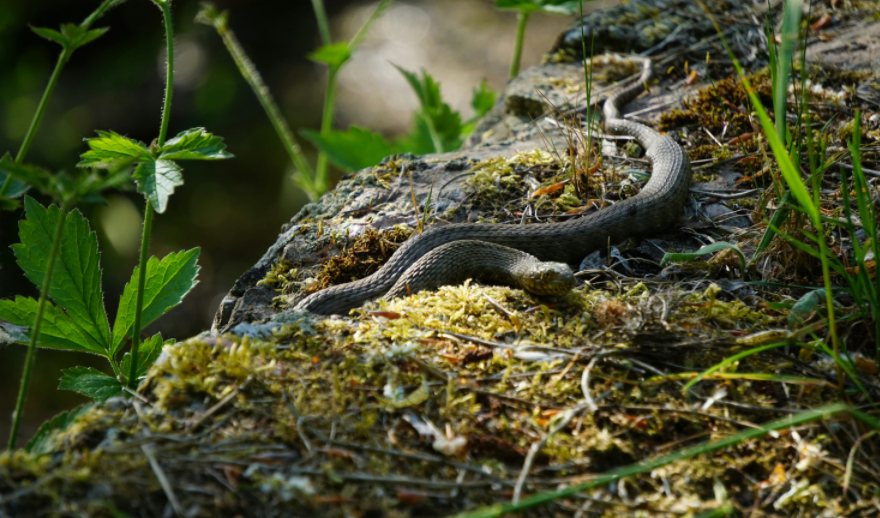
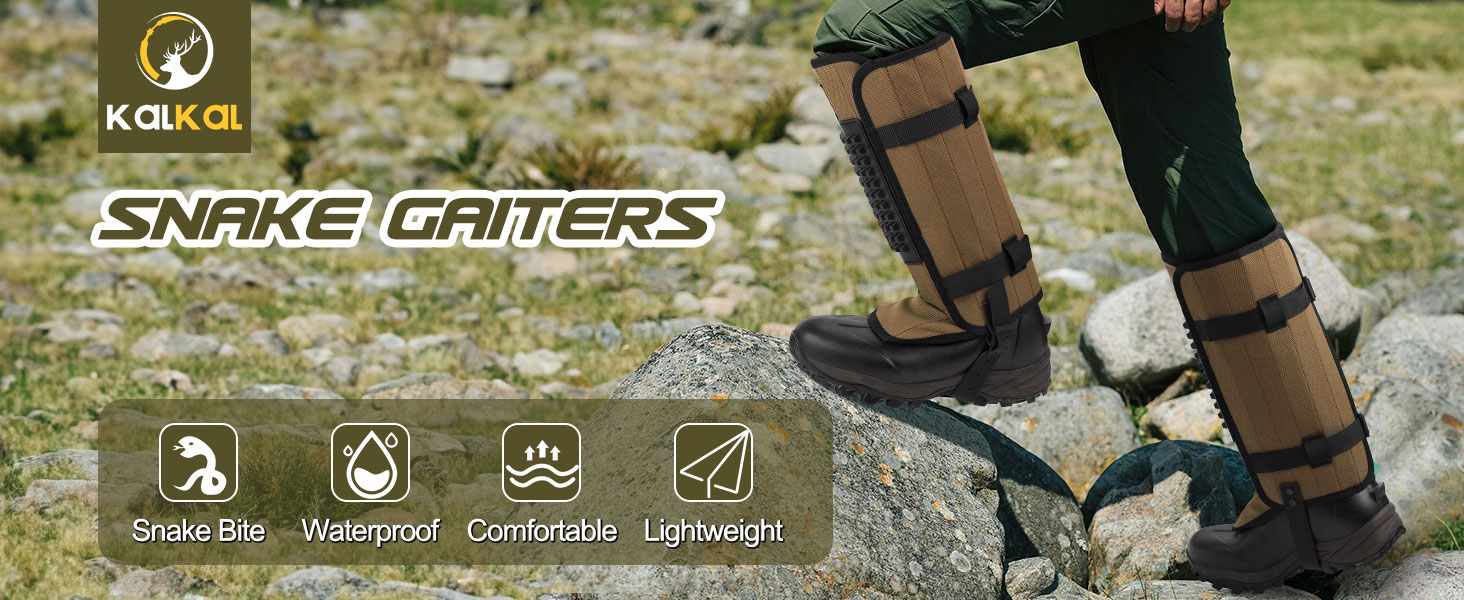
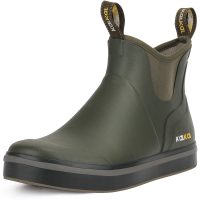
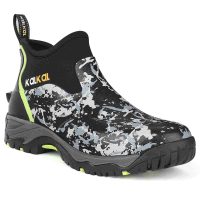

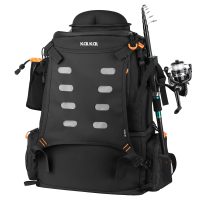
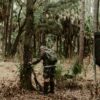

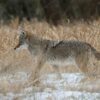

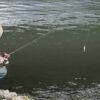
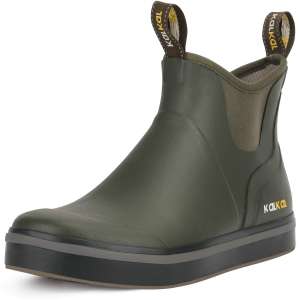
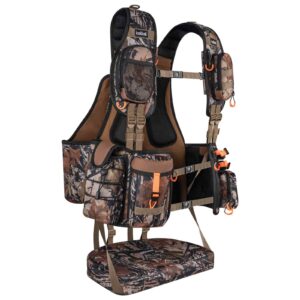
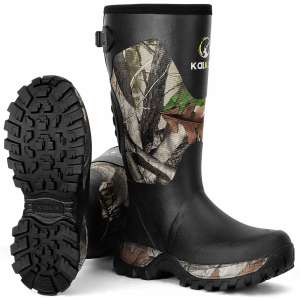
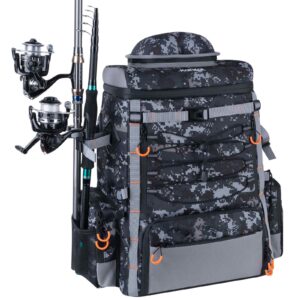
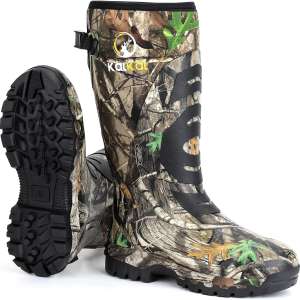


Leave a reply